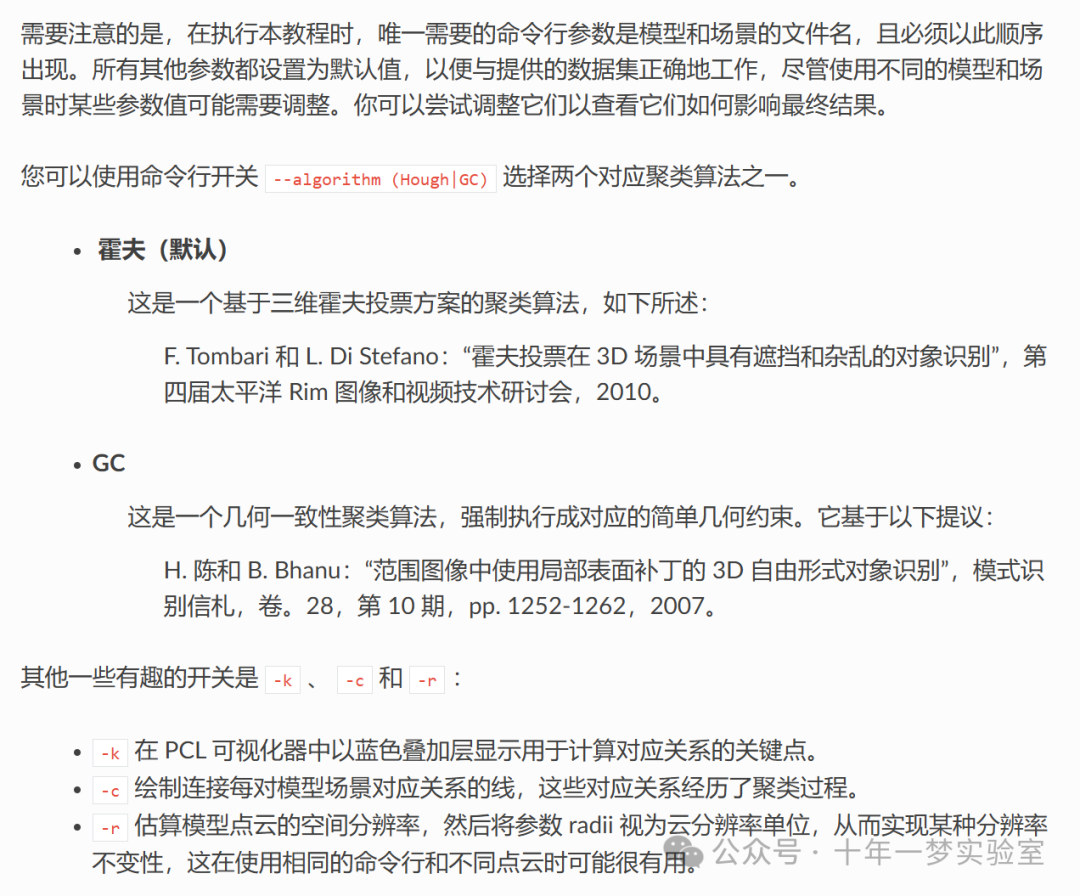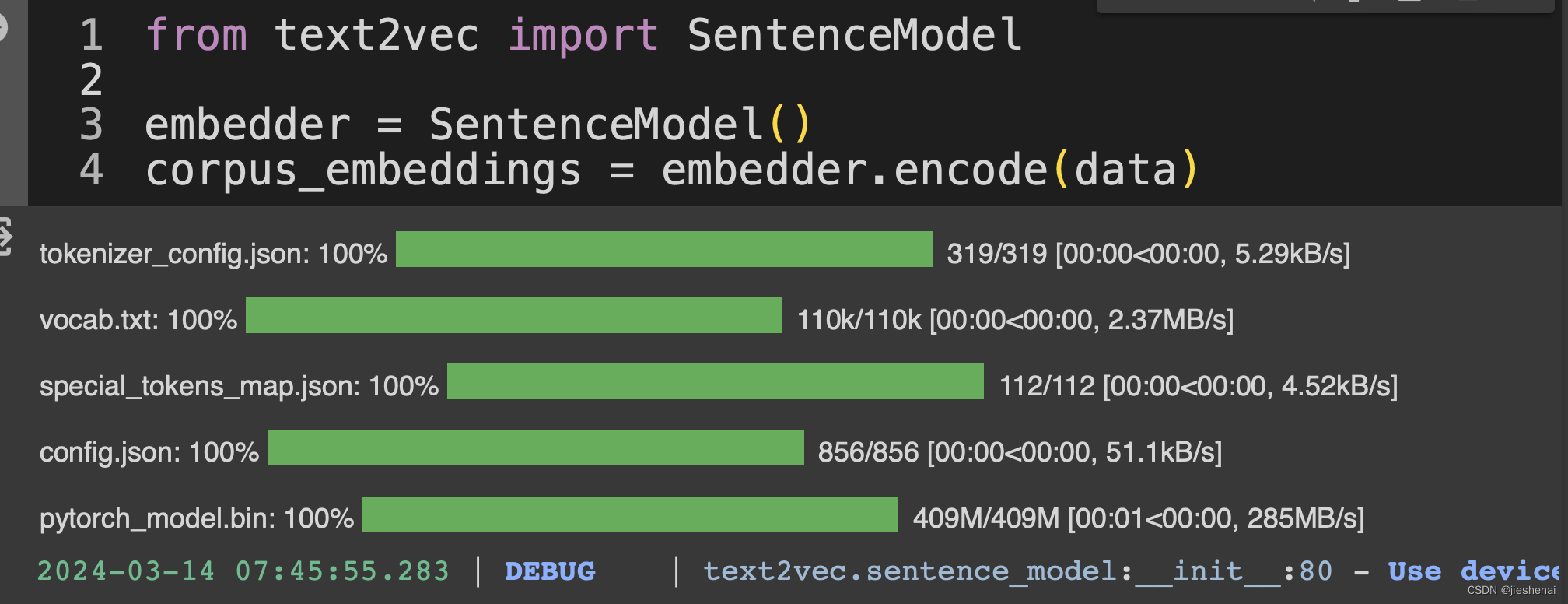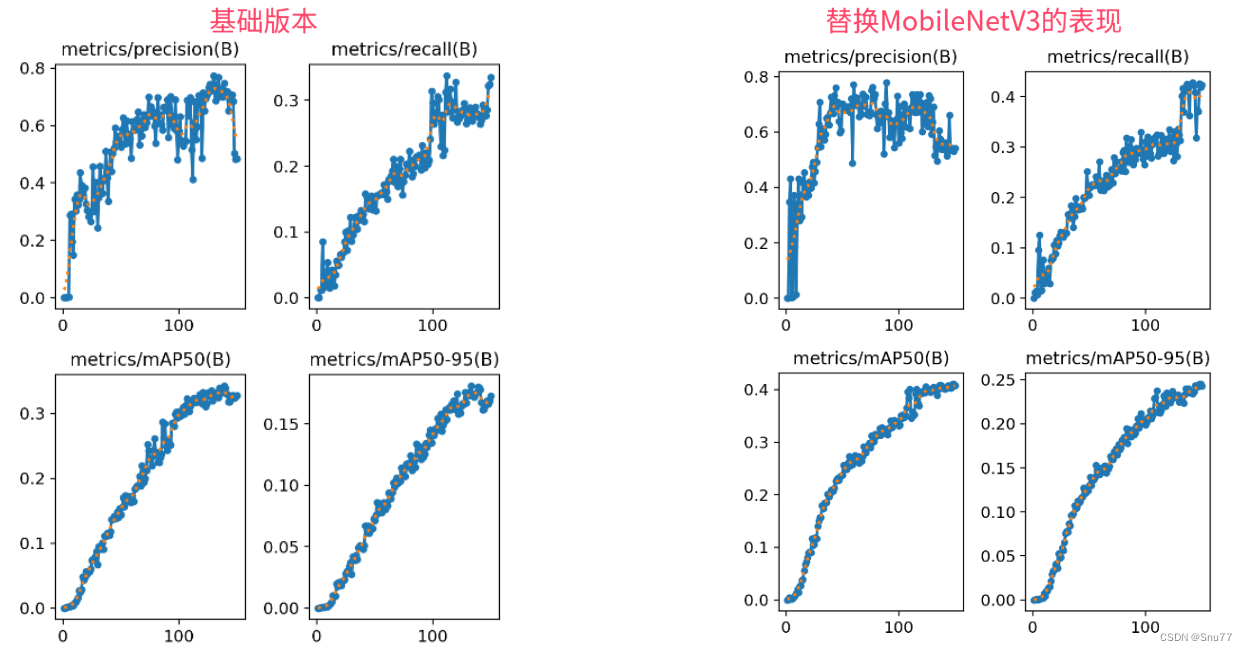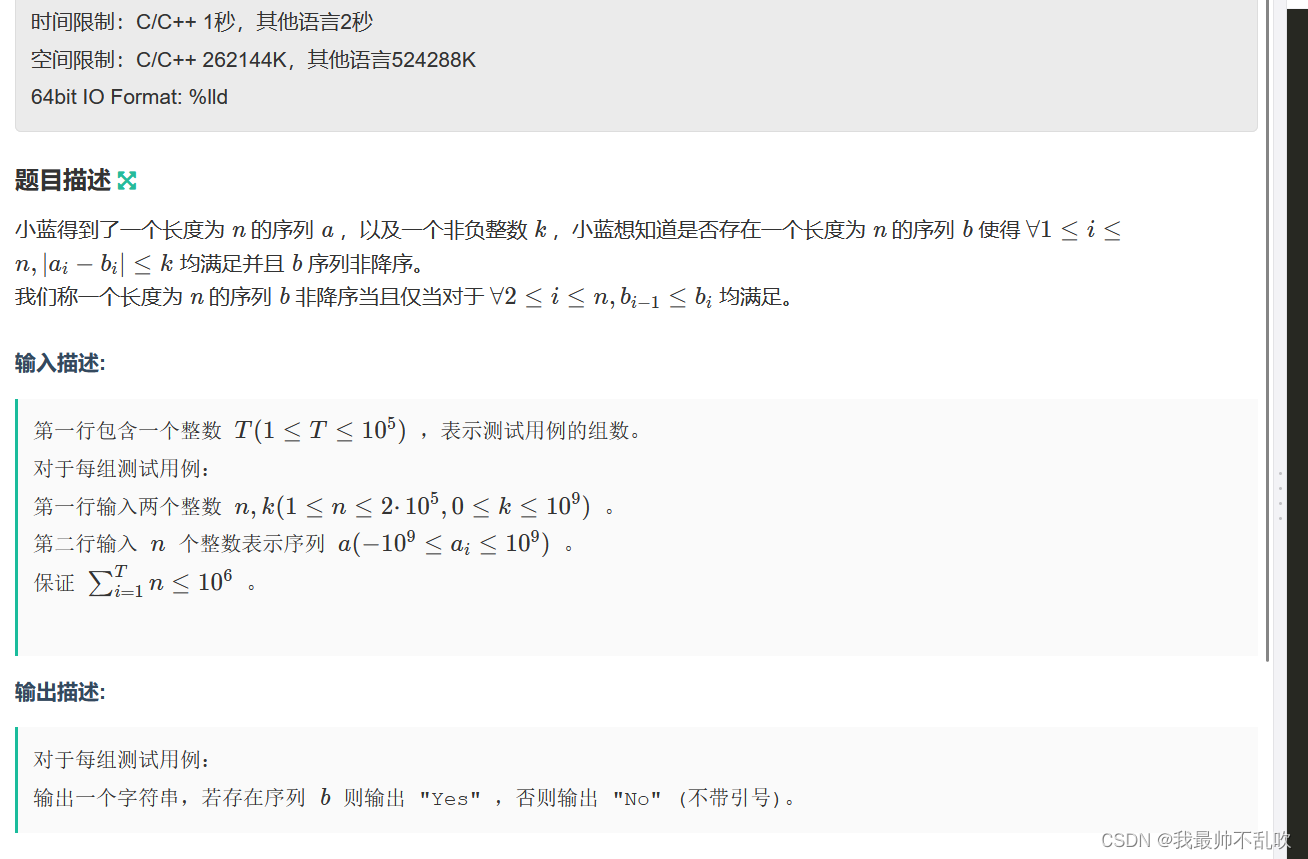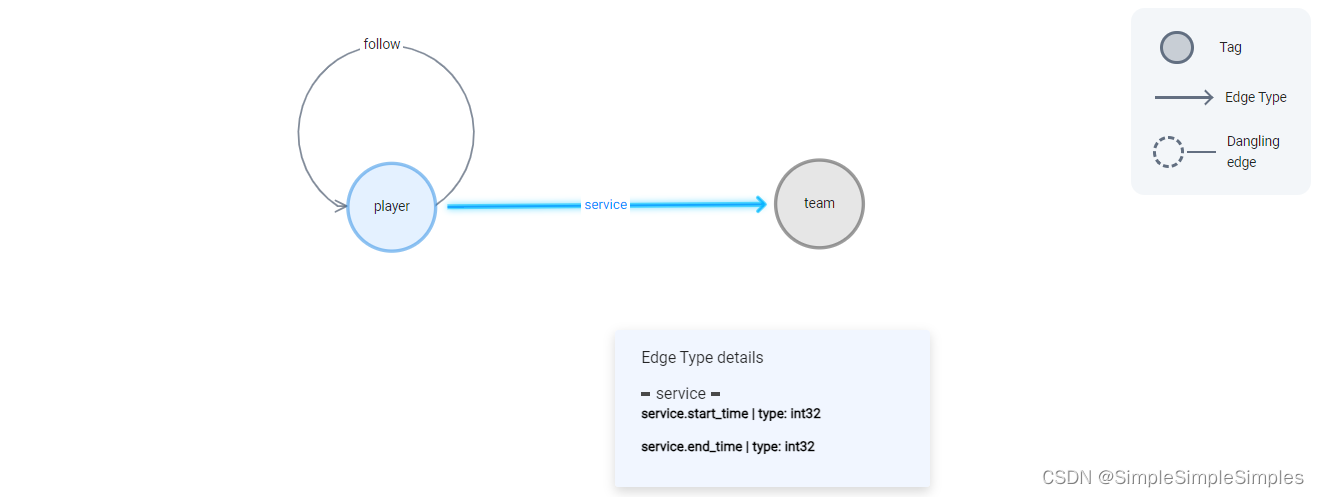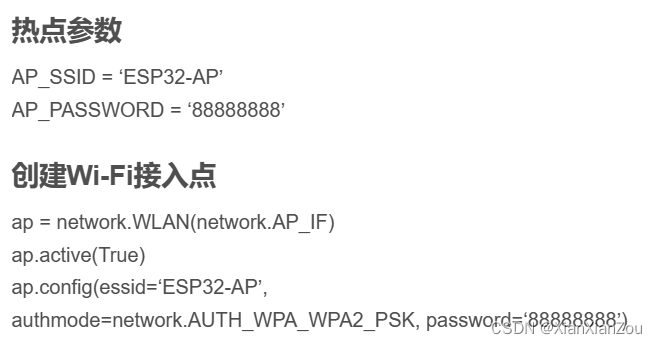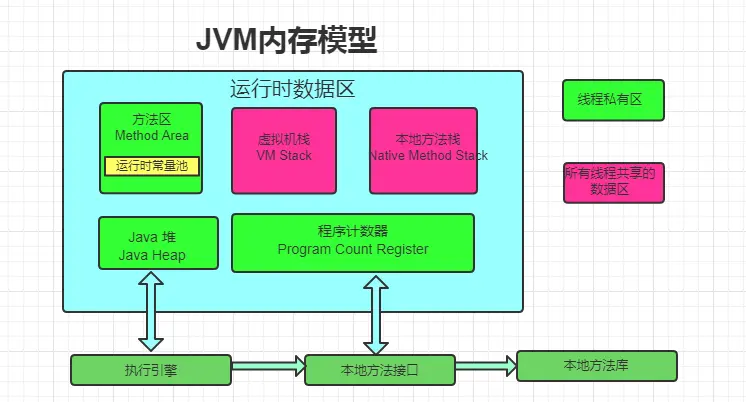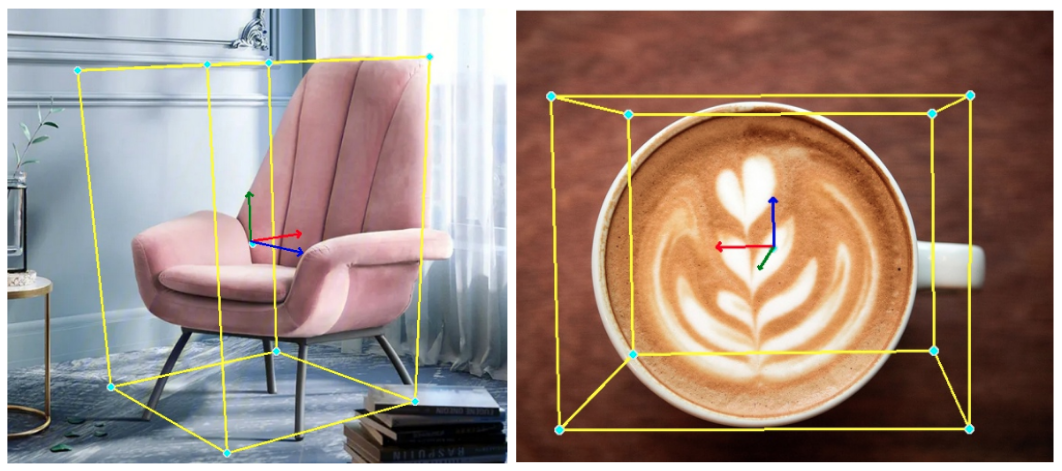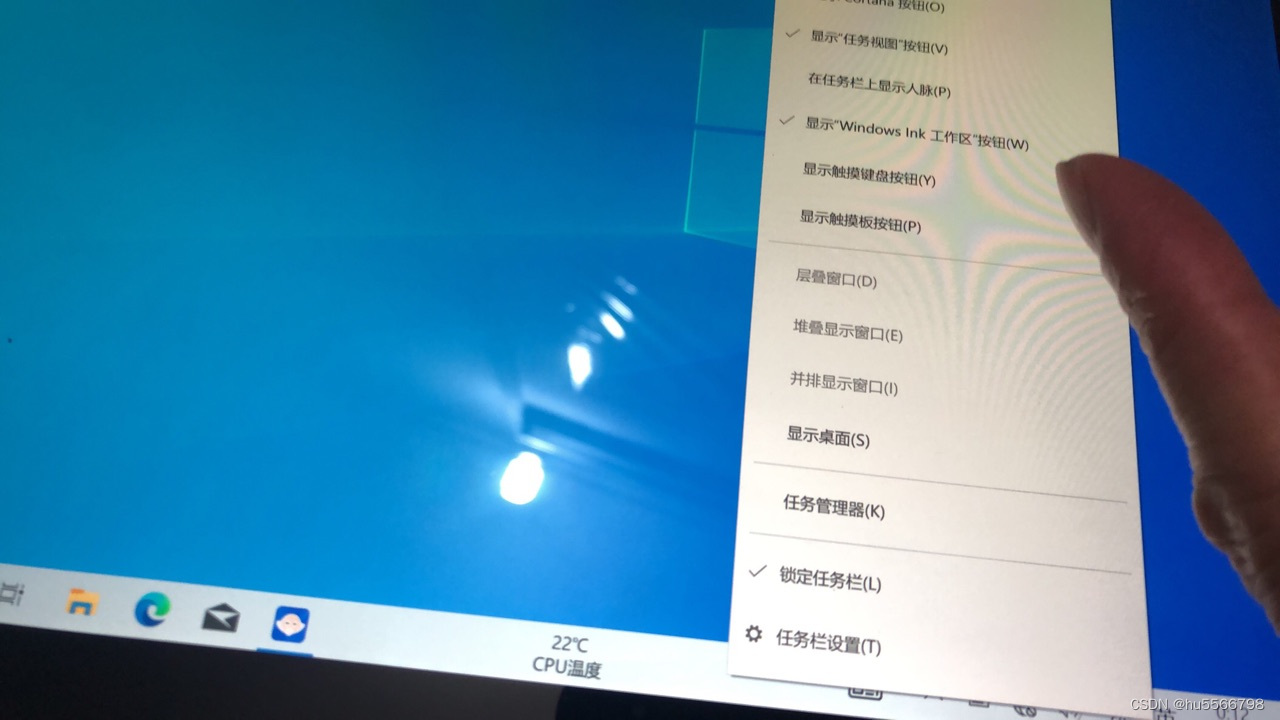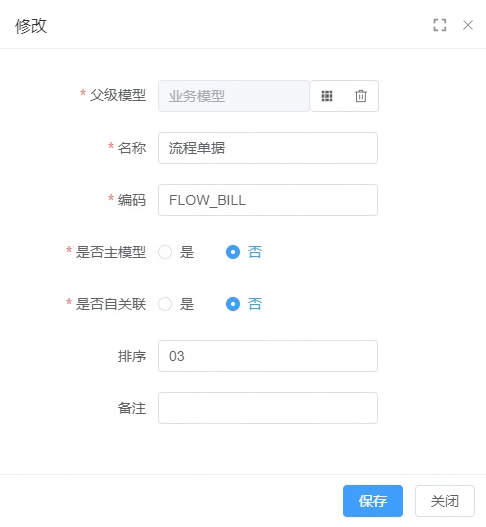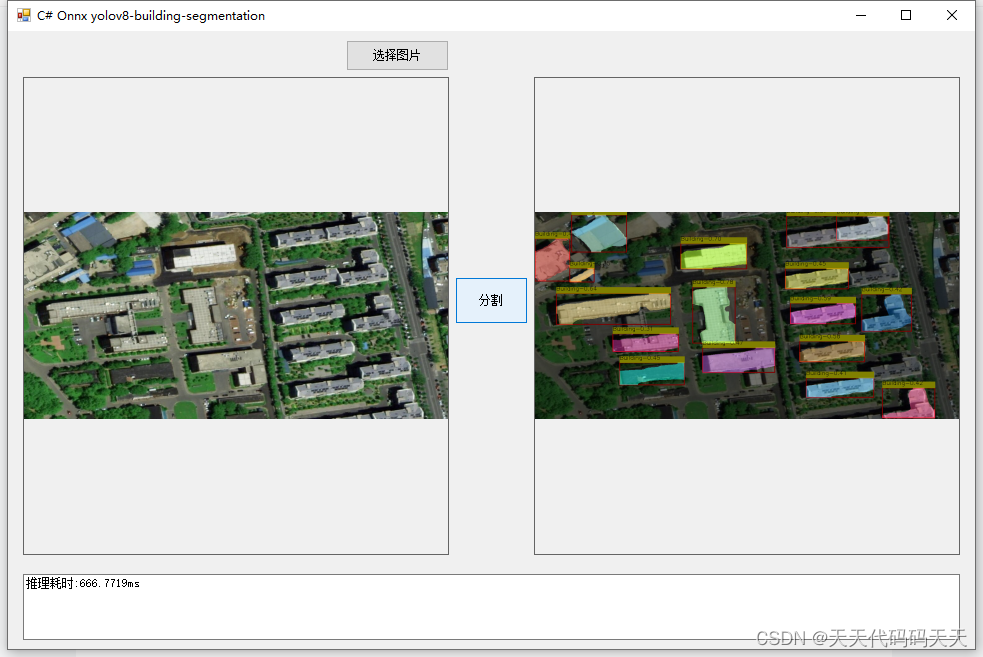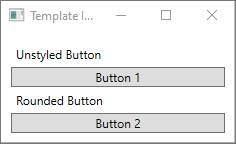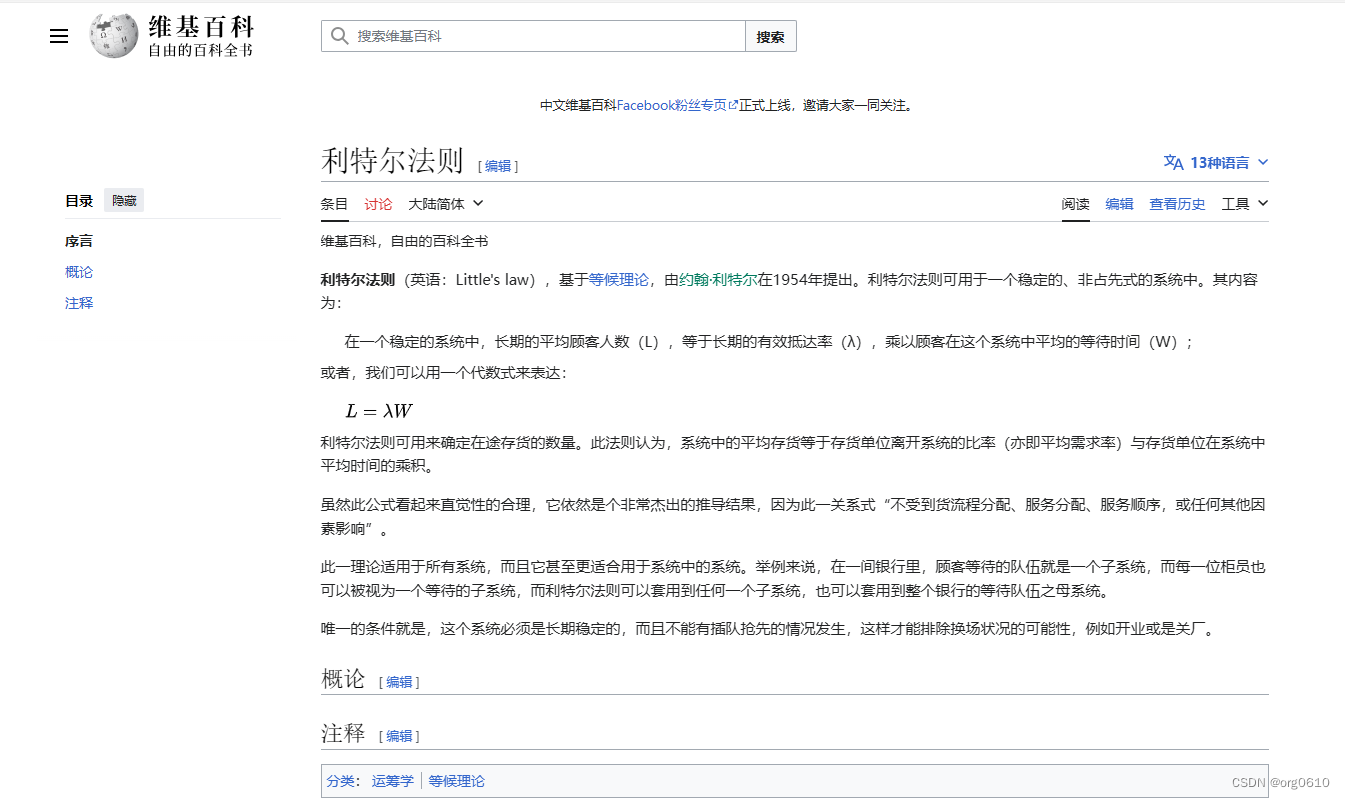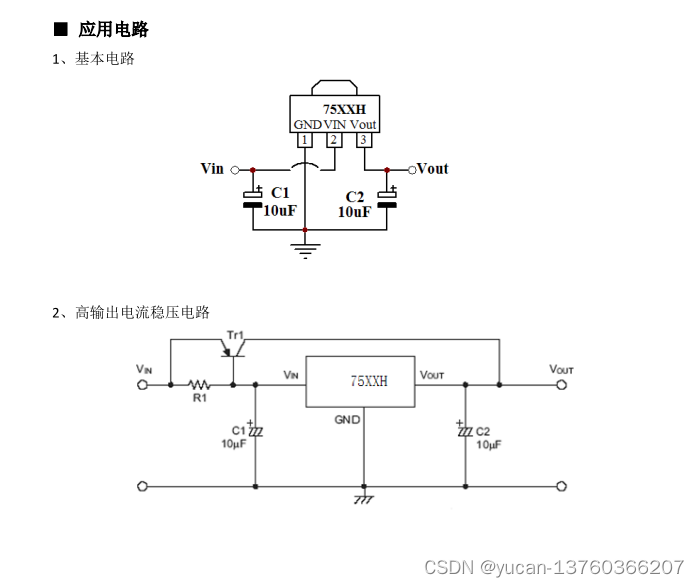通过summarize_clusters函数构建每个聚类的protein['cluster_profile']和protein['cluster_deletion_mean']特征。目的是把extra_msa信息反映到msa中。
集成函数数据处理流程: sample_msa ->make_masked_msa -> nearest_neighbor_clusters -> summarize_clusters-> ...
主要函数 tf.math.unsorted_segment_sum:用于沿指定轴对数据进行分段求和。
tf.math.unsorted_segment_sum(data, segment_ids, num_segments, name=None)
- data: 输入张量,包含待求和的数据。
- segment_ids: 用于指定每个元素属于哪个段的一维整数张量。
- num_segments: 整数,表示分段的总数。
- name: 可选参数,用于指定操作的名称。
import tensorflow as tf
import pickle
def shape_list(x):
"""Return list of dimensions of a tensor, statically where possible.
Like `x.shape.as_list()` but with tensors instead of `None`s.
Args:
x: A tensor.
Returns:
A list with length equal to the rank of the tensor. The n-th element of the
list is an integer when that dimension is statically known otherwise it is
the n-th element of `tf.shape(x)`.
"""
x = tf.convert_to_tensor(x)
# If unknown rank, return dynamic shape
if x.get_shape().dims is None:
return tf.shape(x)
static = x.get_shape().as_list()
shape = tf.shape(x)
ret = []
for i in range(len(static)):
dim = static[i]
if dim is None:
dim = shape[i]
ret.append(dim)
return ret
def data_transforms_curry1(f):
"""Supply all arguments but the first."""
def fc(*args, **kwargs):
return lambda x: f(x, *args, **kwargs)
return fc
@data_transforms_curry1
def summarize_clusters(protein):
"""Produce profile and deletion_matrix_mean within each cluster."""
num_seq = shape_list(protein['msa'])[0]
def csum(x):
return tf.math.unsorted_segment_sum(
x, protein['extra_cluster_assignment'], num_seq)
mask = protein['extra_msa_mask']
mask_counts = 1e-6 + protein['msa_mask'] + csum(mask) # Include center
# 结果张量[num_seq, num_resi],第一行表示和msa中的0号序列是最近邻序列的extr_msa之和,以此类推
msa_sum = csum(mask[:, :, None] * tf.one_hot(protein['extra_msa'], 23))
msa_sum += tf.one_hot(protein['msa'], 23) # Original sequence
protein['cluster_profile'] = msa_sum / mask_counts[:, :, None]
del msa_sum
# 每条msa序列的最近邻序列的extr_msa,在不同位置deletion数统计
# del_sum [num_seq, num_resi],第一行表示和msa中的0号序列是最近邻序列的extr_msa,不同位置deletion数,以此类推
del_sum = csum(mask * protein['extra_deletion_matrix'])
del_sum += protein['deletion_matrix'] # Original sequence
protein['cluster_deletion_mean'] = del_sum / mask_counts
del del_sum
return protein
with open('Human_HBB_tensor_dict_nnclusted.pkl','rb') as f:
protein = pickle.load(f)
print(protein.keys())
protein = summarize_clusters()(protein)
print(protein.keys())
print(protein['cluster_profile'].shape)
print(protein['cluster_profile'])
print(protein['cluster_deletion_mean'].shape)
print(protein['cluster_deletion_mean'])
